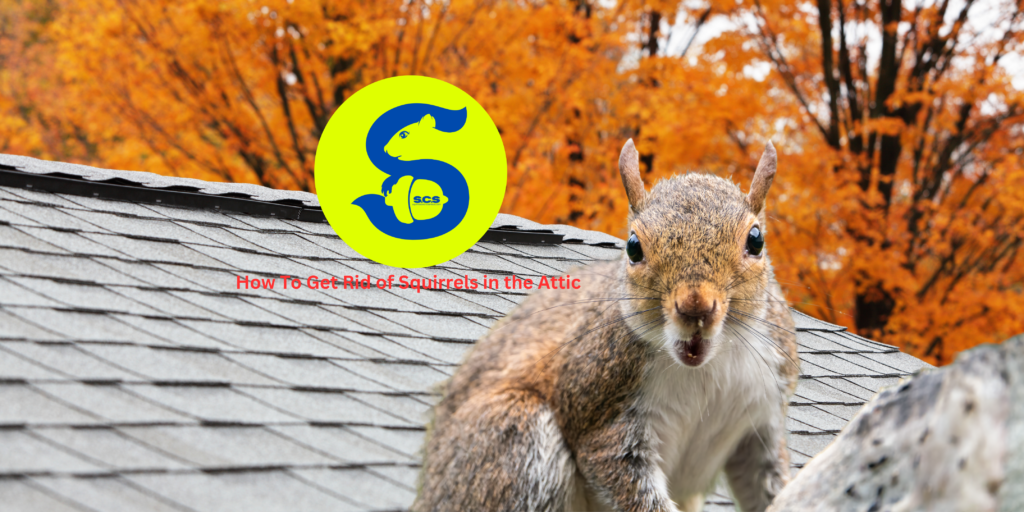Squirrels are a diverse and widespread group of rodents found in various environments, from dense forests to bustling city parks. In Ontario and other parts of Canada, several species of squirrels have adapted to different habitats. This guide will help you identify these species, understand their characteristics, and debunk some common misconceptions.

What Are the Common Types of Squirrels in Ontario?
The Black Squirrel – A Melanistic Marvel
The black squirrel is a melanistic variant of the eastern grey squirrel. These squirrels are common in Ontario, especially in urban areas like Toronto. Their jet-black fur makes them easily recognizable and often a subject of local curiosity.
Did You Know?
Black squirrels are not a separate species but are a color morph of the eastern grey squirrel, resulting from a genetic mutation that affects melanin production.
The Red Squirrel – Ontario’s Fiery Native
Red squirrels are smaller than their grey and black counterparts, with a distinctive reddish-brown coat. They are often found in coniferous forests where they are known for their energetic and territorial behavior.
The Grey Squirrel – The Most Common Species
Grey squirrels are widespread across Ontario and are known for their adaptability to both rural and urban environments. They have a mix of grey and white fur and are often seen foraging for food in parks and gardens.
Did You Know?
Grey squirrels can sometimes be mistaken for black squirrels because of the variation in their fur color, which can range from grey to nearly black.
Where Can You Find Different Squirrel Species in Canada?
Urban and Rural Habitats of Squirrels
In urban settings like Toronto, black squirrels and grey squirrels are particularly common. Red squirrels are more likely to be found in rural areas or in forests where coniferous trees are abundant.
The Presence of Squirrels in Western Canada
Black squirrels have also been spotted in places like Vancouver, BC, and Nova Scotia, but they are less common outside of Ontario. In these regions, they share habitats with native species like the Douglas squirrel.
Did You Know?
In some areas, black squirrels are considered invasive because they compete with native species for resources and habitats.

How Do You Identify Different Squirrel Species?
Key Features of Squirrels in Ontario
- Black Squirrels: Jet black fur, typically larger in size.
- Red Squirrels: Small size, reddish fur, white underbelly.
- Grey Squirrels: Grey fur with a mix of white, larger than red squirrels.
- Brown Squirrels: Though less common, these squirrels have a distinctive brownish hue, often seen in certain forested areas.
Did You Know?
The color of a squirrel’s fur can sometimes change with the seasons, becoming lighter in the winter and darker in the summer to blend in with their environment.
The Role of Habitat in Identifying Squirrels
Understanding where a squirrel lives can also help in identifying its species. For example, red squirrels are more likely to be found in coniferous forests, while grey and black squirrels are more adaptable and can thrive in both urban and rural areas.
Are Black Squirrels Native to Canada?
The Origin of Black Squirrels in Ontario
Black squirrels are native to Ontario and have become a common sight in cities like Toronto. Their population has grown significantly due to their adaptability and lack of natural predators in urban areas.
Are Black Squirrels Invasive?
While black squirrels are not originally invasive, their spread to areas outside of their native range has raised concerns about their impact on local ecosystems. In some regions, they are considered invasive due to their competitive nature with native squirrel species.
Did You Know?
Black squirrels are often more aggressive than their grey and red counterparts, which can give them an advantage in competing for food and nesting sites.
Conclusion
Understanding the different types of squirrels in Ontario and beyond helps in appreciating the diversity of these small mammals. Whether you are spotting a black squirrel in Toronto or a red squirrel in the forests of northern Ontario, each species has unique characteristics and plays a specific role in the ecosystem.
Quick Facts:
- Squirrel black: The term often refers to black squirrels, a color variant of the grey squirrel, commonly found in urban areas.
- Canadian squirrel black: Black squirrels are widespread in Canada, particularly in Ontario and certain urban areas in other provinces.
- Squirrel Toronto: Toronto is known for its large population of black squirrels, which are a common sight in the city’s parks and neighborhoods.
- Canadian black squirrel: This refers to the melanistic form of the eastern grey squirrel, commonly found in various regions of Canada.
- Black squirrels Vancouver: Black squirrels are less common in Vancouver but can still be found, typically as an introduced population.
- Black squirrel nova scotia: Similar to Vancouver, black squirrels in Nova Scotia are less common and often considered an introduced species.
- Melanistic squirrel: Melanistic squirrels have a genetic mutation that leads to their dark coloration, a trait seen in black squirrels.
- Back squirrel: A common misspelling of “black squirrel,” referring to the same melanistic variant.
- Ground squirrel Ontario: Ground squirrels are less common in Ontario compared to tree squirrels but can be found in certain habitats, particularly in agricultural areas.
By familiarizing yourself with the characteristics and behaviors of different squirrel species, you can better appreciate the role these animals play in our environment and the unique traits that distinguish them.





